Great products start with great ideas and even greater production. The most successful products lead to customer acquisition with an action plan, much like the one you can create with a go-to-market strategy template.
This guide will explain what a go-to-market strategy is, what a go-to-market strategy should include for any business case, common mistakes you should avoid, and how you can use a Work OS like monday.com to supercharge your product roadmaps to help ensure a cohesive buyer journey. We’ll even provide you with a sales strategy template to use to arm you for success.
What is a go-to-market strategy?
First things first: before we start walking you through how to create a stellar go-to-market strategy template, we should probably do some backpedaling and cover exactly what go-to-market strategies really mean.
In its simplest form, a go-to-market (GTM) strategy is just a fancy way to describe a step-by-step plan that a business can develop to make sure it successfully launches a product to market.
Each market, audience, and product has its own unique quirks, variables, and challenges that must be accounted for in advance, or there could be results ranging from disappointing to devastating. Figures from the US Bureau of Labor Statistics show that more than 20% of small businesses fail within their first year. Fast forward five years, and start-up survival rates sink to almost 50% failure.
So if you want to avoid becoming one of these statistics, you’ve got to make sure you plan for every scenario and every possible go-to-market challenge. Each go-to-market strategy is different — but they all have a couple of things in common; they seek to identify a target audience, outline a marketing plan, and create a cohesive sales strategy.
How is a go-to-market strategy different from a marketing strategy?
A marketing strategy is a more general, long-term plan that focuses on how an organization will work to reach its identified market over a period of time.
A go-to-market strategy is a short-term plan for a specific product.
While marketing strategies show stakeholders how a company will spread its message to customers, a solid GTM strategy is essential to help businesses explain to stakeholders why it’s launching a specific product or service, who that product is for, and how it will engage with consumers to build and convert sales leads.
Using a sales strategy template for your GTM strategy is essential for organizing all of this information. It can also be used as a vehicle for aligning stakeholders and building an effective timeline that can be used to make sure you’re meeting the right targets and hitting your milestones.
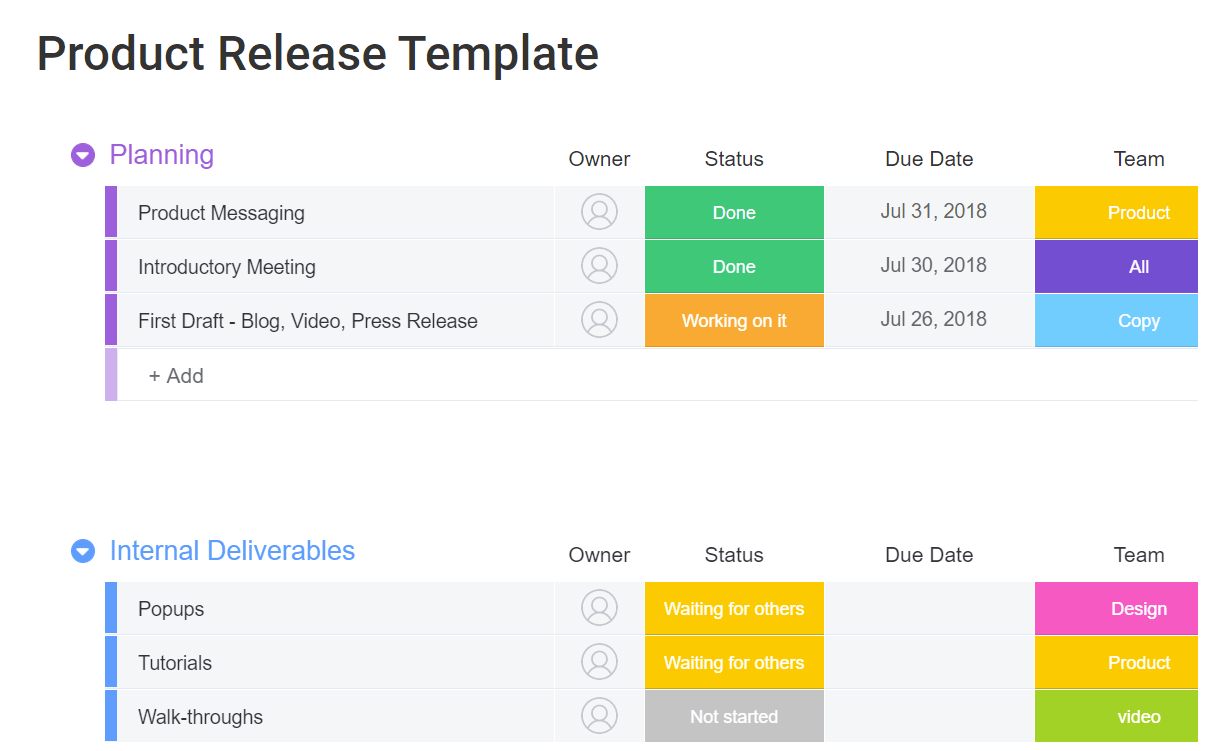
How do you create a go-to-market strategy?
If you want to develop a GTM strategy for your team, you should be aware that no two plans are 100% identical. Each strategy will vary from business to business — and even from product to product. But generally speaking, if you’re creating such a plan template for your organization, you’re going to want to follow five key steps. To help you get started, we’ll quickly break these steps down.
1. Define your target market
The first step you’ve got to take is to define your target market, or the specific group of individuals you want to sell your new product to. Start by defining whether this launch is targeting business-to-consumer (B2C) customers or business-to-business (B2B) customers. You can inform this decision by taking a look at your direct competitors to figure out who they’re marketing similar-tiered products to.
Your market definition should be broad enough that you’ll be able to meet any profit or income objectives for the new product. But on the flip side, your market definition also needs to be specific enough that you’re able to effectively approach and appeal to that audience.
Tip: some companies even share previous cases for their products in easy-to-read formats like a go-to-market strategy example PDF.
2. Identify your customers
At a first glance, defining your market and identifying your customers sound like the same step. But identifying a potential customer is a bit different. This part of your GTM strategy is all about getting into the head of the individuals in your market audience. This is the part where you look at potential customers:
- Demographics
- Locations
- Interests
- Buying habits
- and more.
One of the best ways to do this is to conduct some market research and then build a customer profile — or a buyer persona — that will later help you to build your brand and product messaging. You should also use this phase to consider whether you have enough existing customers to sustain the launch or if you will need to target new groups.
3. Develop a distribution model
Developing your business model for distribution is all about defining how and where you plan to reach those customers you’ve identified as being your core audience. Depending on what it is your business does, you’ll probably choose between one of two distribution models: an indirect distribution model or a direct distribution model.
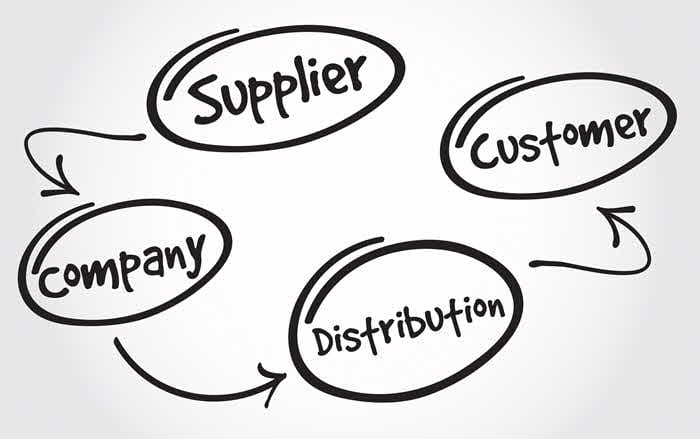
Indirect distribution models rely on third-party vendors, distributors, small and medium-sized businesses (SMBs), and big retailers to get your product into the hands of your end-user. This model is ideal for teams that like to build or make products, but don’t have the brick-and-mortar stores or online infrastructure necessary to sell their own wares at scale.
By contrast, a direct distribution channel enables a team to sell directly to the people who will be using their goods or services. This model is suitable for companies that already have their own distribution networks, stores, or digital outlets capable of carrying out and fulfilling sales. Managing the stakeholders, data, and communication for both of these models can be something you build right into your go-to-market strategy template — but more on this later.
4. Build your product messaging
The product messaging step centers around how you plan to communicate to your customers exactly what the product is and what it does. More important still, you’ve got to make sure you’re able to communicate to customers where they’re going to find your product and how they can purchase it.
Your product messaging needs to tell stakeholders how and why your product addresses a specific customer need or a specific gap in the market. This typically involves building a value proposition that breaks down your message to customers and shows them how they’ll experience a benefit from your product that’s worth more to them than the amount of money they’ve got to spend on it. Before you launch your product and messaging, you might want to perform a series of AB tests or user testing, and track the results inside your product launch go-to-market strategy template.
5. Choose a price point
Finally, your go-to-market strategy must include specific details on the prices you’re planning to charge for your new product or your service. You may opt for a tiered pricing strategy or a more simple approach — but either way, your GTM plan must outline what you plan to charge and demonstrate how it will sustain operations associated with its development and sale. For example, dynamic pricing is an effective e-commerce strategy that allows companies to optimize their product prices for maximum returns – by utilizing real-time data, organizations can adjust and personalize the way they price goods in various markets, ensuring a competitive edge over other sellers.
It’s important to remember the price you choose shouldn’t be based on the costs of making or providing your product alone. Instead, do your research and come up with a price point that will marry up with the value proposition you’ve developed and the product’s market position.
Now, you’ll need to keep track of all this information in a centralized location: one all your team members can have easy access to. The monday.com work OS is the perfect place to track your data and collaborate with relevant stakeholders and teams. Plus, use a customizable sales strategy template as your starting point to ensure consistent, collaborative, and easily-understandable go-to-market plan strategies for every one of your products.
What mistakes should you avoid when creating your GTM plan?
There are all sorts of mistakes your team might run into when developing your GTM plan. Want to be armed and ready? We’ll run you through some of the most common GTM mistakes teams make.
1. Miscalculating your price-to-value ratio
Price-to-value ratio may sound like some high-brow economic concept. But it’s actually quite simple: a price-to-value ratio is just a way to quantify how much value a customer places on your product. If your product costs less than the benefit it will bring to a customer’s life, you have a positive price-to-value ratio. If your product costs too much, you’re going to stream into negative territory and struggle to launch.
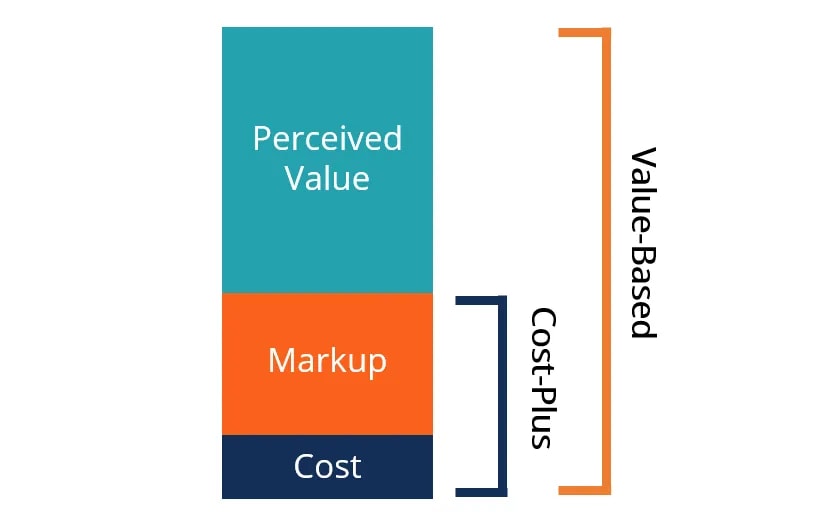
Companies that want to land sales early on will often enter a new market with a low price point. But if you miscalculate your price-to-value ratio and underprice your new product, you could end up losing money. After all, low prices create razor-thin margins that will put pressure on your team.
2. Underestimating customer pain points
One of the biggest mistakes a GTM plan can make is to ignore the pain points a new product may create. That’s why you need to have a firm grasp of your target audience, existing pain points, customer journey, and the new friction your product or service may generate. Ideally, your go-to-market strategy should be able to answer and address such friction.
3. Relying exclusively on one marketing channel
For most products and services, sustainable market growth relies on a balanced approach with omnichannel marketing. Brands that rely exclusively on online distribution methods can perform well depending on what they do and how well it’s achieved — but you may end up hindering your own growth without an analog catalyst to drive online buzz.
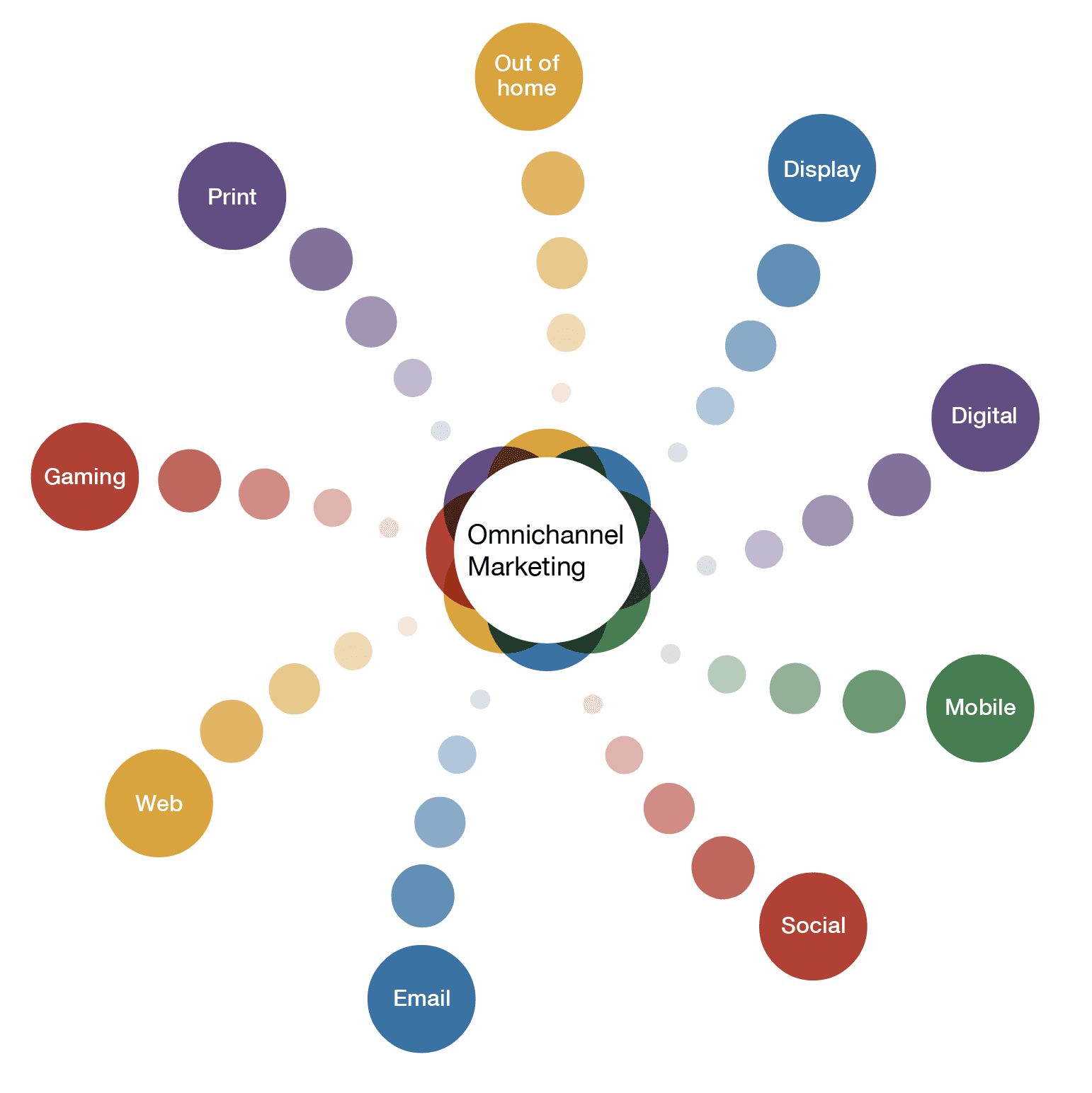
That’s why a successful, strategic plan will often incorporate not just one marketing channel, but a wider range of channel partners. Likewise, if some channels are excluded from the strategy, an explanation of why should be included.
4. Heading straight to retail without support
It’s OK to get excited about your product. But don’t get so excited that you develop a lazy GTM strategy and jump straight into the market without thinking clearly.
A great go-to-market plan will include measurable and sustainable steps to ensure you have the right tools and support in place each step of the way to make sure you’re meeting project milestones and not trying to run before you’ve learned to crawl.5. jumping at every distributor offering to sell your product
Another mistake GTM plans will often make is to get involved with too big a range of distributors. It’s understandable that you’ll want to get your product in as many places as quickly as you can — it can’t happen without distributors. But if you get involved with too many too quickly, you may end up having to deal with unfulfilled sales promises and complicated supply chains.
Instead, your go-to-market strategy should include a measured approach that’s sustainable. It doesn’t mean you can’t be ambitious — but you’ve got to exercise a healthy amount of patience and restraint, too.
Using a sales strategy template to manage your go-to-market strategy
Because a GTM strategy is multi-faceted and by nature opens itself up to roadblocks and the need to pivot, you owe it to your team to choose a project management platform capable of managing, tracking, and ensuring the success of your product’s big unveiling.
Enter monday.com: the complete Work OS (operating system). With monday.com, your team can create all the custom workflows and go-to-market strategy templates you need to keep tabs on your project roadmap and get the job done. You can even link your workflows across different teams to achieve more together. And when it comes to perfectly executing your go-to-market strategy, our project roadmap template has everything you need.
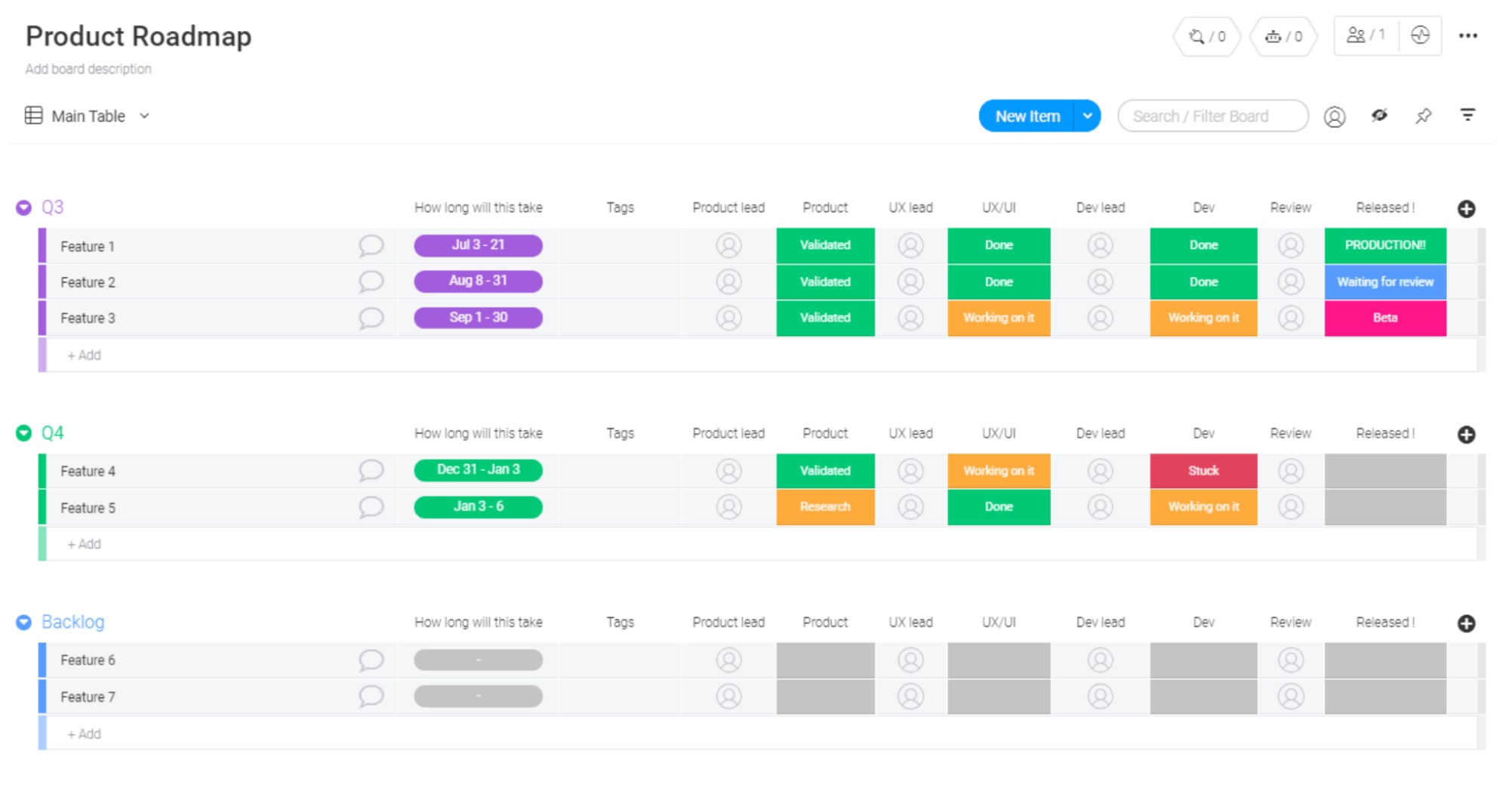
This template is ideal for your team’s short-term and long-term needs. It gives you an agile roadmap that can bring together all of your team’s targets, tasks, workers, and product release timelines in one place. The result? Ditch the endless meetings and level up with a cloud-based resource your team will be able to use to know exactly where your business goals stand at a glance.
Plan several quarters at once and record backlog items on your template so that you don’t ever have to worry about cross-referencing documents or checklists. Plus, with this template, you’re going to get all the benefits you’ve come to know and love from monday.com, including:
- Multiple project views, including Kanban and Gantt
- Dozens of app integrations
- 300+ templates
- Simple automations and endless customization possibilities
Create a supercharged go-to-market plan strategy with a customized template
You now know all the basics of go-to-market strategies and why incorporating a platform where you can build and manage a GTM strategy template is the key to streamlined and fruitful product launches.
monday.com Work OS has dozens of specialty templates designed exclusively to help project managers build clear execution plans every time a team launches a new product or service. With monday.com, you’ll be able to create and assign tasks, set up goals with key metrics, and a million other things.
So are you ready to stop dreaming and start planning? Try monday.com absolutely free for 14 days, and develop a go-to-market strategy template destined for success.

